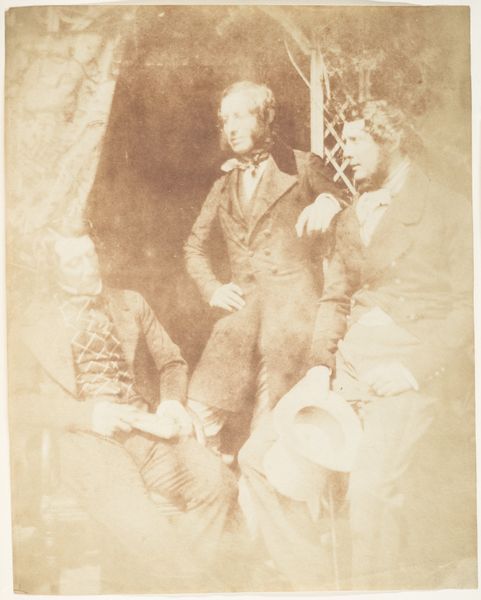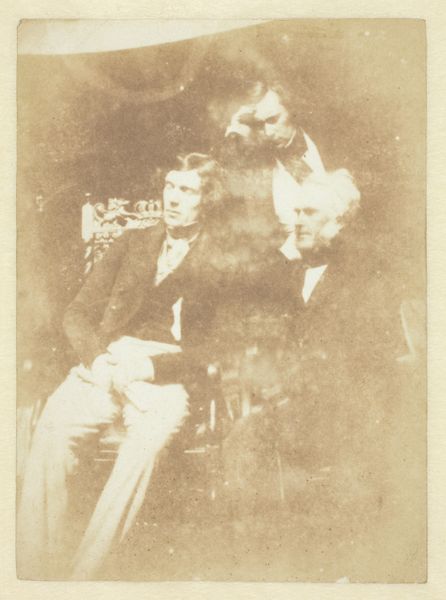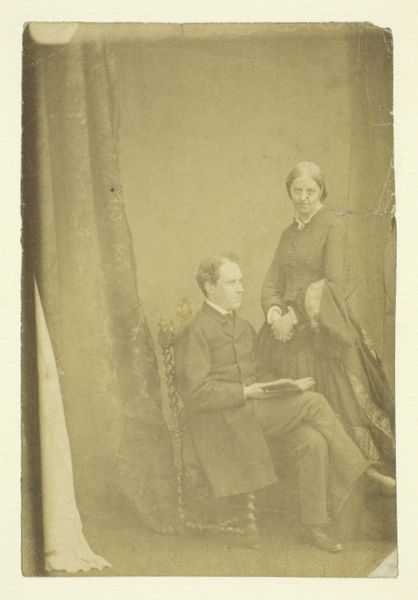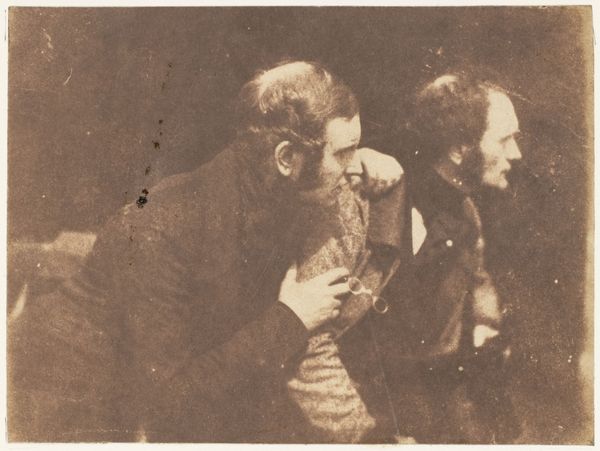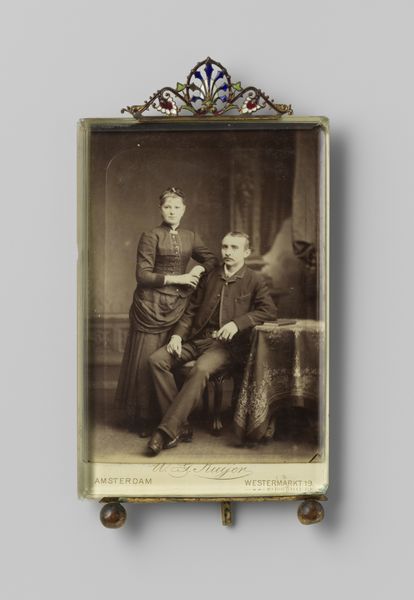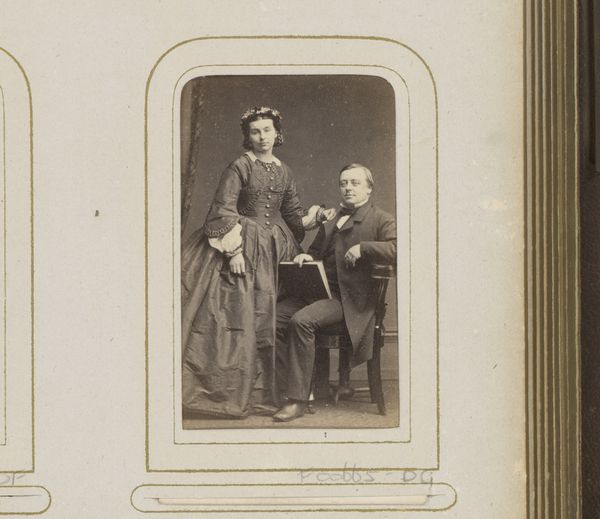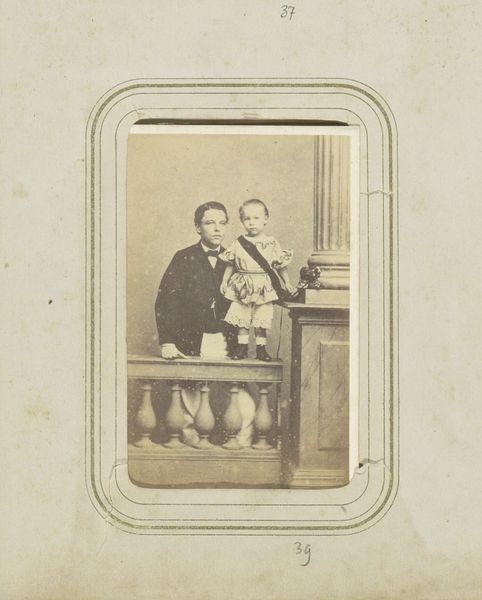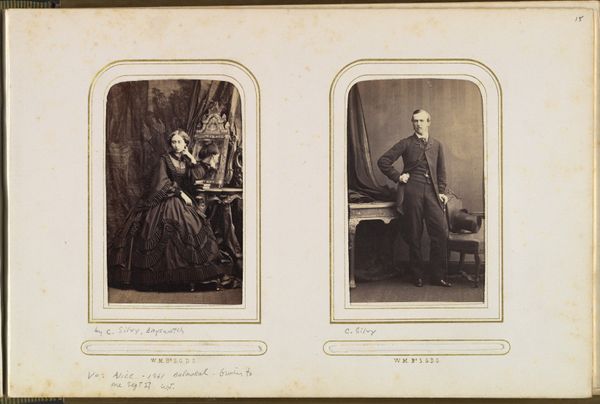
photography, gelatin-silver-print
#
portrait
#
archive photography
#
photography
#
historical photography
#
romanticism
#
gelatin-silver-print
#
genre-painting
Copyright: Public Domain
Curator: What strikes you immediately about this gelatin silver print by Hill and Adamson, dating from the 1840s? Editor: The sepia tone and the very formal composition evoke a past that feels simultaneously accessible and remote. I sense a carefully constructed narrative unfolding. What is the story here? Curator: Well, we are looking at a work called "Newhaven Fishwives." These pioneering photographers, David Octavius Hill and Robert Adamson, were captivated by the culture of Newhaven, a fishing village near Edinburgh. It is a window into a specific time and place. Editor: And who are these figures? The woman clearly presents as a 'fishwife,' working-class, perhaps even someone from the margins, yet paired with a more elevated male figure. I am very curious as to what their pairing says about power, gender, and representation. Curator: The visual pairing of a woman associated with manual labor alongside someone who looks every part the respectable Victorian gentleman does create a potent contrast. In reality, that is celebrated Scottish artist David Octavius Hill. His vision was to chronicle the everyday, imbuing it with a heroic dimension we often reserve for more conventional portraits. He certainly seems to convey both an aesthetic distance and admiration. Editor: Yes, and knowing Hill is pictured provides a fascinating shift in perception. This isn't merely a scene; it’s a self-aware construction playing with ideas of social class. He poses almost patronizingly above the woman with the book. We must ask what kind of commentary it provides on women and labor. Curator: The woman reads, and she therefore acquires intelligence in that moment: a different type of status to the status quo she might live in. She has agency. So she looks at books! This reading adds another layer of depth, complicating simplistic narratives of class and gender roles. Editor: Exactly. This single detail complicates any reading that relies on stereotypes. As a moment captured and shared with the world, these pictures offer a testament to both the beauty and struggles found in everyday experience and challenge preconceived ideas of the feminine role. Curator: I think this speaks to photography's ability, even in its early stages, to present realities while framing and interpreting them—creating dialogues around gender, class, and society that still echo powerfully today. The layers of symbolic and compositional meaning can continue to engage us for some time. Editor: Precisely. It moves beyond a historical record to offer reflections on societal dynamics and challenges—making it perpetually relevant, if not pressing. It allows a past conversation to invite contemporary voices into our present and hopefully future discourse.
Comments
No comments
Be the first to comment and join the conversation on the ultimate creative platform.
